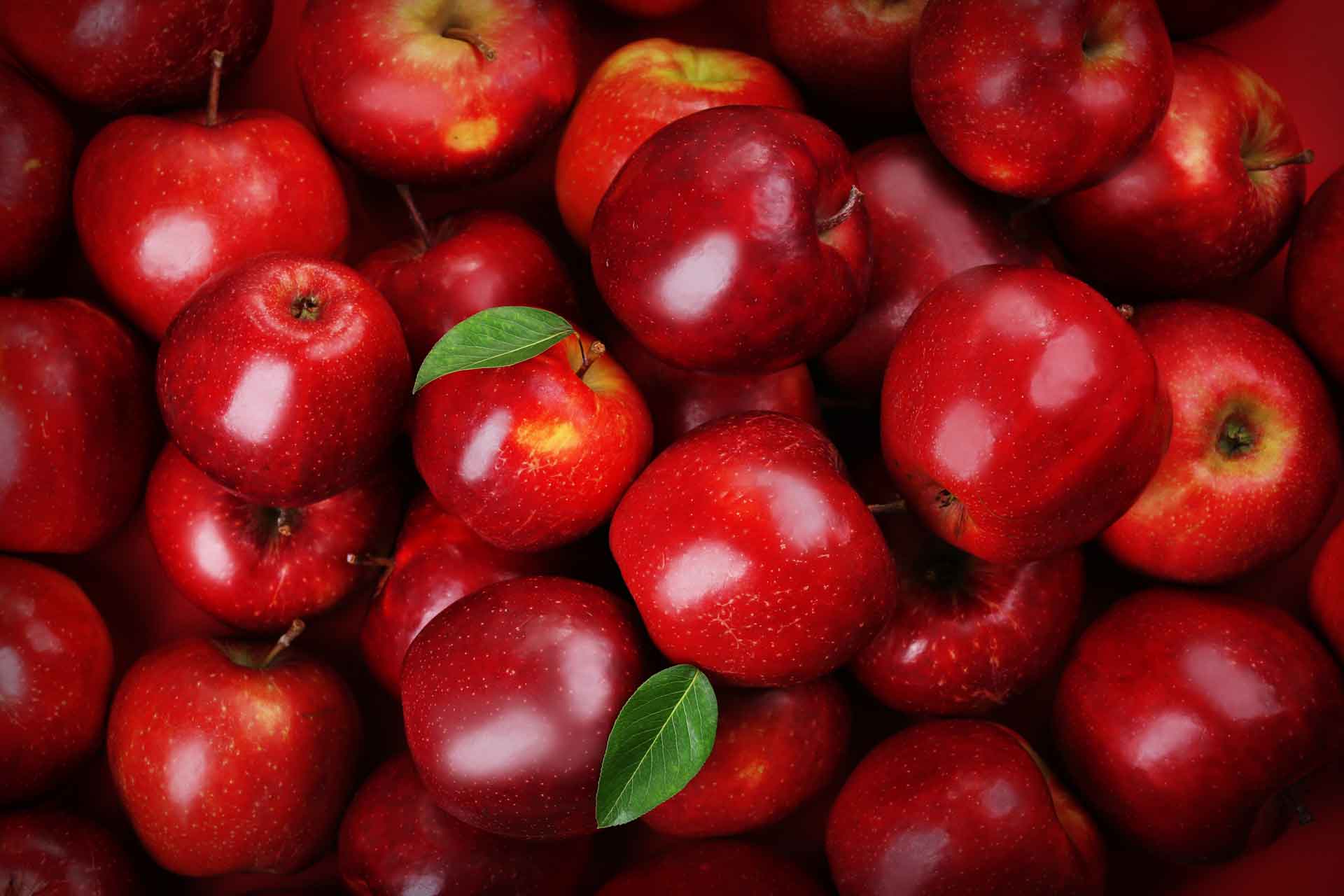The carbon footprint is undoubtedly central to the climate change debate as a derived and harmful gas. The Carbon Footprint is the most widely used indicator of an activity’s contribution to global warming. The Carbon Footprint is a useful tool for guiding relevant policies aimed at reducing GHG emissions and therefore its calculation both at international, national and regional level is essential.
The aim of the project is to quantify the environmental footprint of apple cultivation in terms of greenhouse gas emissions (GHG), primarily with the aim of reducing it and secondly adopting actions and practices that achieve the mitigation of climate change impacts and/or adaptation to them. The measurement of the carbon footprint (CF) results from the production processes, from farm gate to storage gate. Thus, CF is very important tool that address and tackle the problem of climate change.
| Stage 1 |
| Definition of the area and parcels (data collection) |
| Stage 2 |
| Development of an infrastructure to feed and transform primary data into results. Both Carbon Footprint results and environmental loads are digitally represented. |
| Stage 3 |
| The tools and technologies used and the procedures followed to calculate the Carbon Footprint are integrated in the form of a single system. |
| Stage 4 |
| Proposals for carbon footprint reduction practices and sustainable management of natural resources to mitigate the impacts of climate change. |
Afoot as a project has the distinctive difference that apart from calculating the total greenhouse gas emissions at the level of agricultural practice through Life Cycle Analysis, it also incorporates the education and dissemination of practices to end-users – practices that can mitigate the impacts of climate change.
This is achieved through the involvement of different actors such as higher education institutions, research centers and consultancy firms involved in this project, while the involvement of end-users who are farmers is sealed by the involvement of the Zagora Cooperative. By combining the knowledge and skills possessed by each member of the Operational Team, it is clear to the producers that they understand the contribution of each farming process to CO2 emissions or carbon storage/saving.
Farmers therefore gain in practice the best possible knowledge of the sources and quantities of emissions as well as the possibilities of offsetting the CO2 emissions produced by their farming processes.
Map of the project pilot plots:

